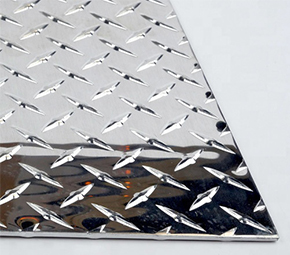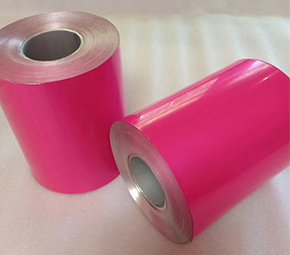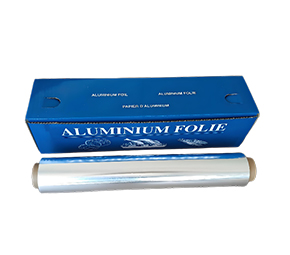Hookah is called Hookah in English and Nargila or Argile in Arabic. It is a tobacco product that is smoked after filtering with water (or other liquid). Shisha is prevalent in countries such as Turkey, Syria, Lebanon, and Egypt on the east coast of the Mediterranean, and is also popular in Jordan and the Gulf region. Using hookah equipment can smoke tobacco mixed with sweeteners (such as dried fruits, molasses, honey or spices), so smokers can freely decide the taste of hookah they smoke. At the same time, because the hookah needs to be heated with charcoal, the various flavors in the smoke can be exerted to the extreme. There are various opinions about the origin of hookah, and India, Iran, Turkey, Egypt, and Syria may all be its birthplace.
Shisha was popular in South Asia and the Middle East very early. At that time, smoking shisha was a favorite cultural activity of wealthy upper-class society and intellectual elites. At a personal level, smoking hookah can be a joy and relieve stress. From the social level, it can pull into the relationship between people. Traditional hookah smoking is shared. Everyone sits casually beside the hookah, and the mouthpiece is slowly passed from one person to another. Friends, family members and even business partners can all gather together to smoke hookah. Therefore, the hookah has become a link connecting people to people, playing a soothing atmosphere and promoting communication.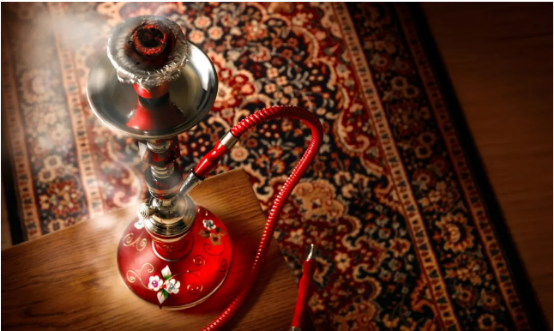
The modern style hookah can be traced back to India in the 16th century. At that time, the hookah was made of glass, and water was added to the glass base (called the "bottle") to purify the smoke. In the 17th century, hookah became a part of Turkish culture (Turkish is Nargila in Turkish) and is a status symbol: both royal dinners and diplomatic conferences provide people with hookahs. Providing shisha to guests signifies the enthusiasm and trust of the host, and if the guest refuses it, it will be considered as disrespect to the host.
As a leisure activity, shisha was integrated into the cafe culture in Turkey and spread widely. When the cafe first introduced hookah, the waiter would be praised for his skill in smoking hookah. Now people will sit in the cafe for hours and relax while drinking coffee and smoking hookah while discussing current politics.
A new profession called "charcoal man" emerged with it. In cafes that offer hookahs, we can often see several waiters in a hand-held metal basket shuttle between customers, and the basket is filled with hot charcoal. The charcoal of the hookah will gradually cool down after a period of time, and the heating function will gradually weaken, so someone needs to constantly add new charcoal to the tobacco bowl. At this time, it is not only the ability of the charcoal adders to accurately take out the cold charcoal and then add new charcoal, but they also have to help customers try the hookah again, so that the hookah burns warmly again.
The practice of smoking hookah continued to spread throughout the Middle East in the 19th and 20th centuries, gradually spreading to Syria, Lebanon, Palestine and Jordan. By the end of the 20th century, hookah had spread across all continents. Immigrants from the Middle East brought this custom to every corner of the world and shared their culture with the world. The reason why hookah is very popular is because it originates from the traditional culture of the East. For many people, this is a way to experience exotic customs. However, not everyone knows about hookah, and its history will arouse people's curiosity and trigger dialogue between different cultural groups.
Just like a hundred years ago, hookah is still a way to respect and entertain guests today. Family members, new friends and old friends still use this method of passing on from generation to generation at the party to deepen their relationship. Smoking hookah is a cultural expression that can bring together people from different social classes with different religious beliefs and political views.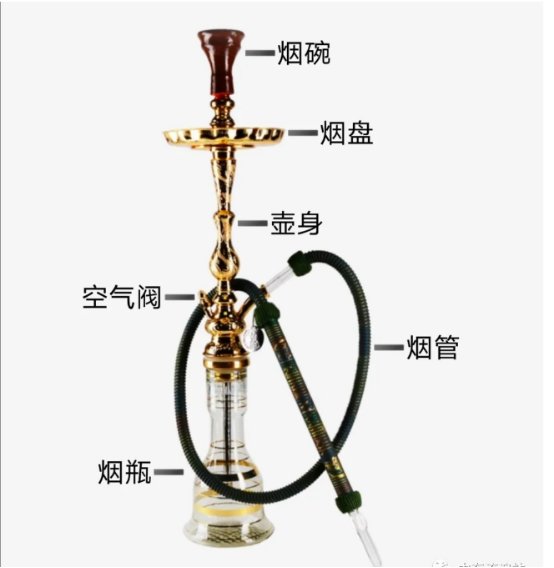
The production process usually takes 20 minutes. The finished hookah can be smoked for about 1 hour until the taste becomes lighter (you can add it to the hookah bowl). 30 micron aluminum foil is also one of the main materials
Materials: Hookah set (bottle, tube, cigarette tray, bowl, pipe), charcoal, hookah material, pin (or toothpick), heating device (or stove), pliers, 30 micron aluminum foil
1. Heat the charcoal (recommended to use a special electric heater); 2. After the charcoal is heated, add water to the cigarette bottle until the lower end of the middle tube is submerged under the water;
3. Place the hookah material in the upper tobacco bowl Mash it evenly without blocking the air holes to make the flavor better;
4. Cover the cigarette bowl with 30 micron aluminum foil, and then pierce the aluminum foil with a pin or toothpick;
5. Now the charcoal should be ready, then connect Finish the pipe and add charcoal to the bowl, then you can enjoy your hookah.
After use, it is best to clean the hookah set immediately after cooling down to maintain hygiene and the next time you use it.

